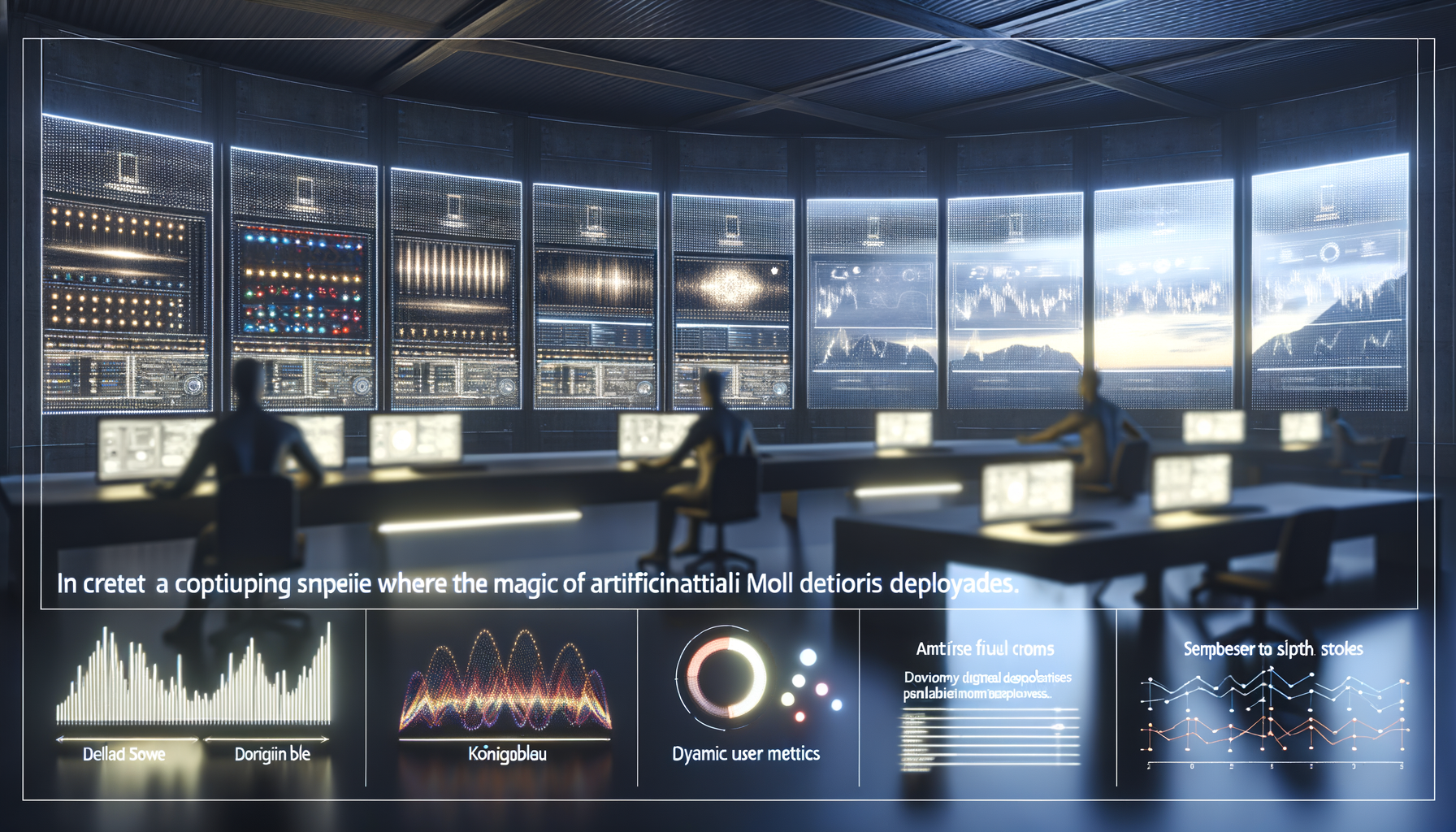What if everything you think you know about choosing the best AI is already outdated? In 2025, industry insiders are abandoning the numbers that once ran the show—are you falling behind?
The Great Reassessment: Are Benchmark Scores Still Relevant?
If you have operated in the AI space over the past half-decade, you’ve witnessed a near-religious attachment to benchmark scores. For years, scores from synthetic tests such as GLUE, SuperGLUE, ImageNet, and a cascade of MLPerf results have determined which models made the headlines and which ones got greenlit for production. These numbers—static, precise, “quantitative”—offered a comforting illusion of clarity amid explosive technological change.
But something fundamental has shifted in the marketplace. Today, the conversation isn’t about who’s winning in the test lab, but about which models actually deliver when the stakes are high: messy, unfiltered, unpredictable real-world deployments.
The Synthetic Metrics Illusion
The allure of benchmarks is easy to explain: controlled environments, clear numbers, and a fast track for marketing claims. For investors and non-technical executives, benchmarks offered simple one-upmanship—a story easy to sell. But for advanced AI infrastructure professionals—the ones who live and die by their deployment SLAs—these numbers are, at best, a weak signal.
Benchmark scores are a map, but real-world usability is the territory. And maps rarely survive their first contact with the land.
In practice, models that crush leaderboards often falter in the wild. Why?
- Overfitting to Synthetic Data: Models are optimized to pass standardized tests, sometimes memorizing quirks in the datasets, not learning generalizable patterns.
- Distribution Shift: Real users bring novel edge cases and data distributions that benchmarks simply cannot simulate.
- Neglected Operational Metrics: Latency, robustness, observability, safety—these often don’t feature in benchmark rankings, despite being decisive in production.
2025: The Market Demands Deployment-Ready AI
The landscape is changing. Major cloud providers, enterprise buyers, and even open-source practitioners are aligning on a single new North Star for model selection: does it work in my workflow?
- Upstream Integrators: No longer satisfied with leaderboard brags, integration partners want uninterrupted uptime, seamless fine-tuning, and scalable inference under real traffic loads.
- End-User Experience: Models that genuinely understand user intent, handle ambiguity, and fail gracefully are being prioritized—regardless of what their exact BLEU or accuracy readout says.
In 2025, leading infrastructure teams examine an expanded set of criteria. The practical impact?
- Rigorous On-Call Testing: Teams simulate chaotic input, adversarial queries, and data drift to gauge performance beyond the lab.
- Continuous Evaluation Loops: Feedback from real users is rapidly incorporated back into model updates, rendering static benchmarks obsolete for ongoing selection.
- Deployment Observability: Logs, metrics, and automatic rollback become core to AI reliability—not theoretical test scores.
Model Comparisons: What Actually Matters Now
So, what’s replacing the leaderboard wars?
- Task-Specific Evaluations: Instead of generic datasets, organizations define their own evaluation suites tailored to their actual application domain (e.g., regulatory compliance, financial risk scenarios, language or cultural adaptation).
- Infrastructure-Aware Performance: Cost per inference, hardware compatibility, scaling behavior, and observability under real-world load are now report-card essentials.
- User-Centric Success Metrics: Does the model measurably reduce customer support load? Does it shorten transaction time? Does it improve NPS? These questions now drive vendor selection.
This shift isn’t accidental. After a decade of high-profile AI failures (and some staggering maintenance bills), buyers have wised up. They want proven, context-aware, cost-predictable solutions.
Case In Point: How the Big Players Are Adapting
Industry leaders are already public with their new playbooks. Major hyperscalers have invested in internal tooling to continuously stress test models in live settings and to measure impact directly in customer-facing services. Open-source foundations now emphasize deployment checklists over leaderboard positions. Forward-thinking CTOs celebrate models that quietly run in the background, not just those that wow on a conference slide.
If you’re still picking models based on synthetic benchmarks, you’re playing last year’s game—with real risk to your bottom line.
Next-Gen Evaluation: Building Robust, Trustworthy AI
So what does evaluation look like in this new era? Expect more:
- Real-Time Shadow Deploys: Running candidate models side-by-side with production stacks to monitor live outcomes.
- Human-in-the-Loop Feedback: Leveraging expert judgement on problematic outputs, feeding this back into retraining cycles.
- Simulated Incident Drills: Stress-testing for outages, adversarial attacks, and rare events—not just clean-data accuracy.
- Structured Post-Mortems: Teams now formally review “near-miss” incidents in AI deployment, feeding insights into both model improvement and operational protocols.
Checklist: The 2025 Model Selection Framework
- How does the model perform on domain-specific edge cases?
- What are the latency, throughput, and cost trends across expected scale?
- Can the model be debugged and monitored in real time?
- Is there a proven record of recoverability under failure?
- Does user behavior change measurably after deployment?
These questions—and answers—form the new competitive edge in AI infrastructure. Benchmark scores may open doors, but walk-through success only comes from sustained, observable real-world impact.
Risks of Ignoring the New Standard
Clinging to legacy metrics is not just uncompetitive—it’s dangerous. Companies that fail to adapt now risk:
- Higher Production Incidents: Models chosen for headline scores, not live reliability, are far more likely to crash under load or escalate PR disasters under outlier inputs.
- Skyrocketing Costs: Edge-case failures and re-training cycles triggered by real-world data mismatches eat operational budgets alive.
- User Churn: If customers sense that AI isn’t working for them, they leave. No benchmark can undo that loss.
Closing the Gap: From Lab Bragging to Operational Excellence
The market is unforgiving. Every quarter, frictionless and resilient AI is directly correlated to customer growth and retention. If you’re building, deploying, or selecting AI in 2025, it’s time to stop playing scoreboard spectator and start engineering for your on-the-ground reality.
The big question poised for every technical leader is this: Are you measuring what truly matters for your users and your business?
Benchmark scores are no longer your AI team’s north star—real-world usability is now the true measure of success.





